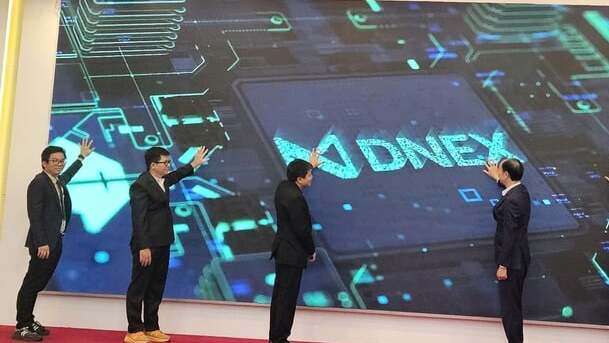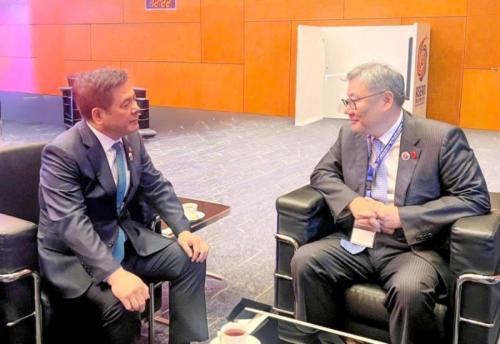DNEX launches digital asset trading platform in central Vietnam
DNEX Digital Asset Exchange JSC (DNEX) has launched a digital asset trading platform in the central city of Danang, marking an early step toward building Vietnam’s technology infrastructure for a regulated digital asset market.
At the launch ceremony on Friday, the company introduced DNEX Simulation, Vietnam’s first digital asset trading simulation system operating in a controlled sandbox environment.
The platform allows users, researchers, and investors to practice trading, manage portfolios, and assess risk without real financial exposure.
DNEX said the system is currently in trial mode and does not yet support live trading. The company plans to seek an official license once Vietnam finalizes its legal framework and technical standards for digital asset exchanges.
The simulation platform is expected to serve as a training and testing ground for the country’s first legally recognized digital asset exchange, reinforcing Danang’s position as a frontrunner in Vietnam’s emerging digital finance ecosystem.
Founded on September 9, DNEX has an initial charter capital of VND2 billion ($76,000). The company aims to raise up to VND10 trillion ($380 million) from strategic investors in phases.
Vietnam has officially legalized digital assets with the approval of the Law on Digital Technology Industry by the parliament in July. The Government on September 9, 2025 issued Resolution 05, officially launching a five-year pilot of Vietnam’s crypto asset market. The country is developing an international financial center, located in both Ho Chi Minh City and Danang.
An estimated 17 million Vietnamese already trade cryptocurrencies, with an annual digital asset transaction volume estimated at over $100 billion. Transactions take place on offshore exchanges such as Binance, Bybit, and others, in Singapore, South Korea, and Hong Kong
Source: Hai Yen
Photo: Photo courtesy of the company





